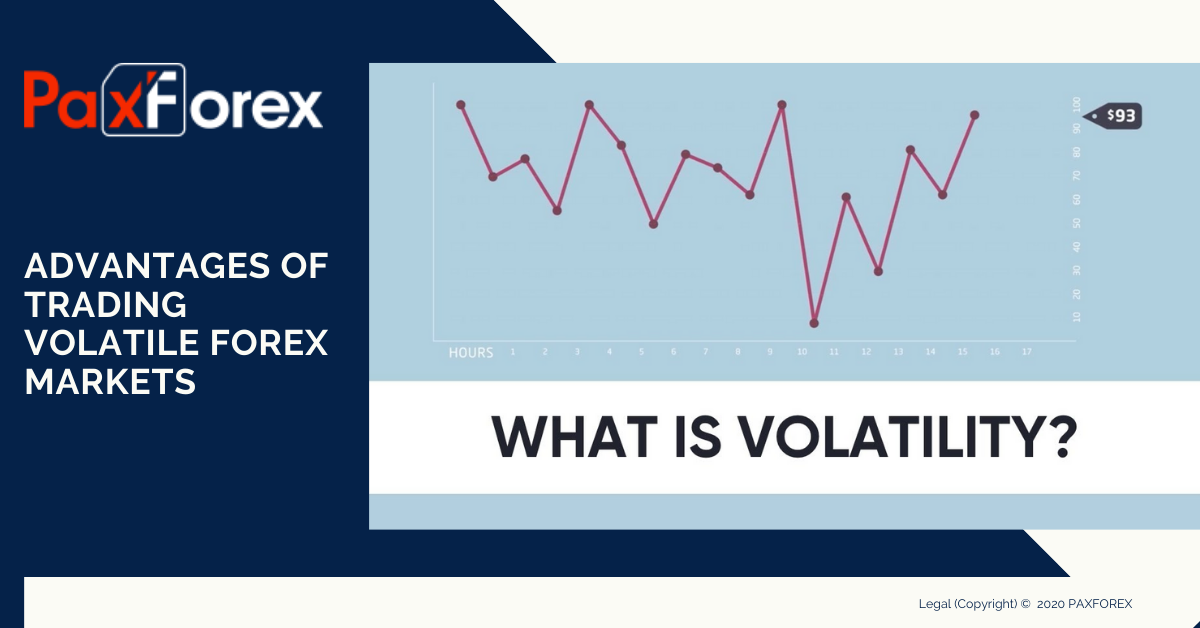
In order for anyone to make money in the financial markets, there must be price movement. Fortunately, price movement is a constant in the markets. There are, however, different degrees to which price movement may occur. High volatility is characterized by wide price swings of a particular asset in a short period of time. Volatility can be thought of as a market condition, and nearly all currencies may show volatility at one time or another. However, some currencies may be more susceptible to volatility under certain circumstances, or frequently, given the inherent characteristics of the underlying economies that they represent.
Volatility is a measure of the degree of change in the value of a currency, currency pair or the forex market as a whole. Volatility is most commonly referenced when a currency has seen sharp changes in value compared to many of the other currencies in the market. Volatility is used in two main ways: Low volatility means that there is little or no change in value over a specific period of time. High volatility means that values have varied significantly over a specific period of time. A volatile market is one that exhibits rapid fluctuations in price. A non-volatile or stable market has moderate price fluctuations. Good news is that we traders can trade both on low and high volatility.
There are times when the benefits of short-term of day trading outweigh the benefits of long-term investing. The volatility of markets tends to dictate which approach to markets is most suitable. In a highly volatile, liquid, and choppy market conditions where prices move up and down in frantic fashion throughout the day, you are better off the opening and closing positions within one trading day or day trading. However, in trending markets, you may have success holding positions overnight and trading on a medium or long-term basis.
If you invest regularly over months, years, and decades, short-term downturns will not have much of an impact on your ultimate performance. Instead of trying to judge when to buy and sell based on market conditions, if you take a disciplined approach of making investments weekly, monthly, or quarterly, you will avoid the perils of market timing. If you keep investing through downturns, it won’t guarantee gains or that you will never experience a loss, but when prices do fall you may actually benefit in the long run. When the market drops, the prices of investments fall and your regular contributions allow you to buy a larger number of shares. In fact, what seemed like some of the worst times to get into the market turned out to be the best times!
Traders usually crave for price movements as it offers them good opportunity to make a profit but sometimes they accelerate more to what they used to be. Therefore to win by earning good returns here it is must, that you plan everything in advance. You can also hire financial advisory services provider to assist you with useful trading tips and guide with the optimum trading strategy. The market offers good opportunities to traders using which you can earn well, it is on you how you use them to make them work in your favor. The best way is to always learn market updates timely and never trade beyond your risk bearing capability.







